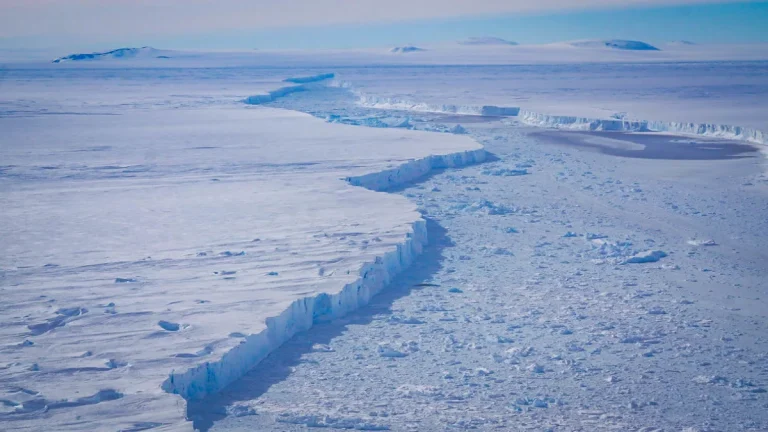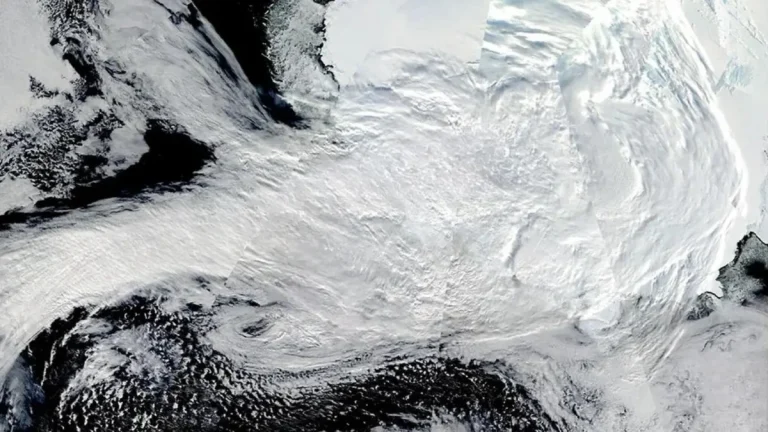Antarctica sees ice gain after two decades of decline
Antarctica has shown a rare shift in behavior, gaining ice mass between 2021 and 2023 after years of steady decline. Using satellite gravimetry, researchers tracked this anomaly and linked it to unusual precipitation rather than long-term change. The findings offer insight into the continent’s sensitivity but little certainty about what comes next.











